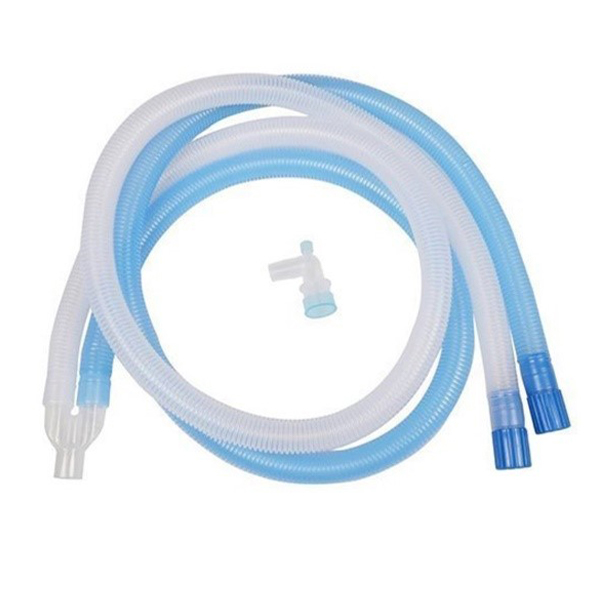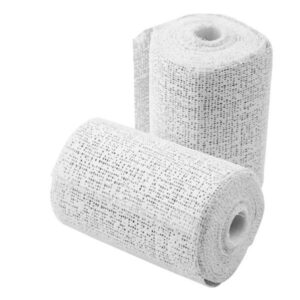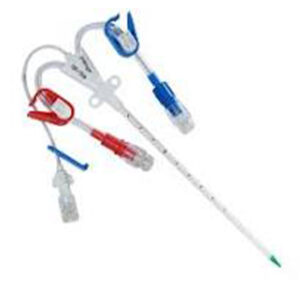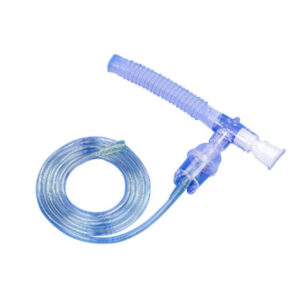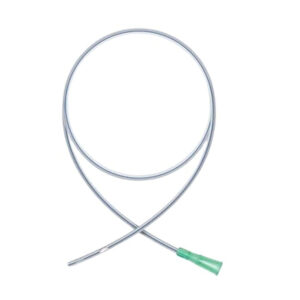Ventilator Circuit
A ventilator circuit, also known as ventilator tubing or a ventilator air hose, serves as the critical gas pathway that connects a patient’s lungs to a mechanical ventilator. It is essential that these circuits are of the highest quality to ensure correct, efficient, and safe ventilation.
Minimum Quantity Order: 200 Unit
Price: Negotiable
Product Enquiry Form
Sharing is caring:-
Description
A ventilator circuit, also known as ventilator tubing or a ventilator air hose, serves as the critical gas pathway that connects a patient’s lungs to a mechanical ventilator. It is essential that these circuits are of the highest quality to ensure correct, efficient, and safe ventilation.
Here’s a breakdown of its key components and functions:
Components
- Circuit Tubing: Typically made of corrugated plastic, with an inside diameter of 22 mm for adults, but smaller sizes are available for neonatal and pediatric circuits.
- Universal Connectors: These connectors (22 mm outside diameter, 15 mm inside diameter) ensure compatibility with most ventilators, humidifiers, and interfaces like endotracheal (ET) tubes, tracheostomy tubes, or non-invasive masks.
- Heaters and Humidifiers: Deliver heated and humidified gases to prevent hypothermia and irritation of the lung lining.
- Filters: Help maintain circuit hygiene and minimize the risk of contamination.
- Suction Catheters: Some circuits incorporate a port for in-line suctioning, allowing for airway clearance without disconnecting the circuit.
- Therapeutic Aerosol Generators (nebulizers and inhalers): Used to deliver aerosolized medications into the patient’s airways.
- Water Traps: Collect condensation from the tubing, ensuring optimal airflow and reducing the risk of water entering the patient’s lungs.
- Y Connector: A branching connector that allows for connecting to the patient and other devices or monitoring access.
- Safety Cap: Secures connections and minimizes accidental disconnections.
Function
- Delivers Gases: The ventilator circuit delivers a blend of air and oxygen from the mechanical ventilator to the patient’s airways.
- Removes Carbon Dioxide: In rebreathing circuits, carbon dioxide absorbers remove exhaled CO2 to prevent hypercarbia.
- Maintains Airway Pressure: The circuit, under the control of the ventilator, maintains a desired level of positive pressure in the patient’s airways, including PEEP (Positive End-Expiratory Pressure), according to ScienceDirect.com.
- Facilitates Monitoring: Ports and adapters allow for monitoring devices to be connected, enabling real-time assessment of patient ventilation.
In essence, a ventilator circuit is more than just a tube; it’s a carefully designed system that interacts with the patient and the ventilator to ensure safe and effective mechanical ventilation.

